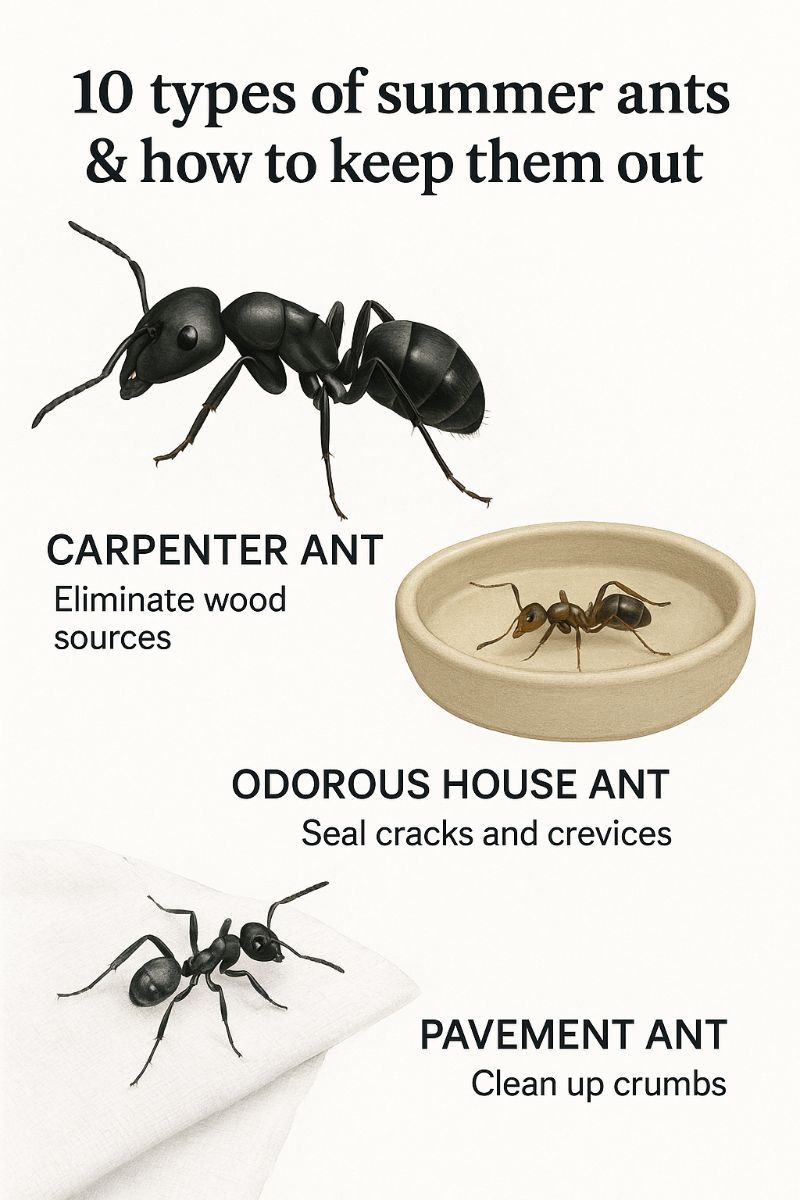9. Thief Ants: Targeted Baiting Methods
Thief ants are tiny, about 1/16 inch long, and are yellow to light brown. They are known for nesting near other ant colonies and stealing food.
Targeted baiting is essential for controlling thief ants. Use protein-based baits, as these ants are attracted to greasy and protein-rich foods. Place baits near trails and entry points, and avoid using sprays that can scatter the colony. Regular monitoring and bait replacement are necessary to ensure effective control.
10. Field Ants: Outdoor Management Tips
Field ants are larger ants, ranging from 1/4 to 3/8 inch long, and can be black, brown, or red. They are commonly found in lawns and gardens, building mounds that can damage turf.
Managing field ants involves maintaining a healthy lawn and garden. Regular mowing and aeration can help reduce nesting sites. Use granular insecticides around the perimeter of your property to deter these ants. If mounds become problematic, consider using a drench application of insecticide to target the colony directly.
11. Harvester Ants: Protecting Your Garden
Harvester ants are medium to large ants, about 1/4 to 1/2 inch long, and are red to brown. They are known for collecting seeds and can be beneficial for soil aeration but may compete with plants for resources.
To protect your garden from harvester ants, focus on habitat modification. Remove potential nesting sites such as rocks and debris, and maintain a healthy garden ecosystem. If control is necessary, bait products designed for harvester ants can be effective. Use these baits around the perimeter of your garden to minimize impact on beneficial insects.

